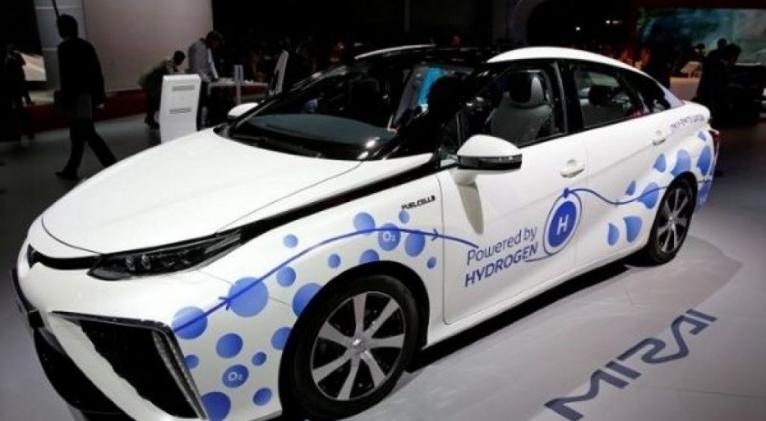China Goes Green: Will Produce Hydrogen Vehicles
especiales

Chinese government says it will produce and promote vehicles run on hydrogen fuel cells in an attempt to promote green energy in the country and abroad.
China will push ahead with the development of its hydrogen energy and fuel cell vehicle industry, a government official said Tuesday as part of wider efforts to promote green energy in the world’s largest auto market.
RELATED:US: Lawsuit Moves to Block Cleanup Order As Oil Spill Continues
“Hydrogen fuel cell vehicles and pure electric vehicles with lithium batteries are important technical routes for new energy vehicles,” said Huang Libin, a spokesman for the Ministry of Industry and Information Technology (MIIT).
Pure electric vehicles are more suitable for urban and short-distance passenger travel, while hydrogen fuel cells are more suitable for long-distance and large commercial vehicles, Huang said.
“We believe that hydrogen fuel cell vehicles and pure electric vehicles will coexist and complement each other for a long time to meet the needs of transportation and people’s travel,” said the MIIT official.
Senior industry executives and academics in China have urged the government to support hydrogen fuel cell technology due to its suitability for commercial transport.
Japan’s Toyota Motor Corp plans to supply fuel cell components to China’s commercial auto makers, launching a joint research institute with Tsinghua University last week.
China will also produce and distribute hydrogen fuel cell vehicles to Brazil. Grove Hydrogen Automotive Co. Ltd. based in Hubei province signed an agreement at the 2019 Shanghai International Auto Show with the State of Minas Gerais, Brazil to import the new technology.
“Much like China, Brazil is a country rich in geographic resources,” said Professor Hao Yiguo, CEO and Founder of Grove Hydrogen Automotive. “Grove is focused on establishing sustainable mobility worldwide, and in Minas Gerais we have the partner and the location to create green cars as what we are currently doing in China.”
In 2013, China began a five-year plan to cut pollution and smog. By 2018 the level of PM2.5 levels (smallest inhalable deadly pollutant) in Beijing had fallen by 54 percent, but 70 percent of its 365 major cities had still failed to meet the national PM2.5 standard of 35 micrograms per cubic meter, according to a Green Peace report from the same year.













Add new comment